Fumigation is the most effective way to get rid of termites when they’ve spread throughout a home. It reaches areas that can’t be treated by sprays or spot treatments and helps make sure all hidden termites are gone.
If your inspector has recommended fumigation, you may wonder what happens during termite fumigation, how long it takes, and what to do after fumigation. Here’s a clear look at the process and what you can expect from start to finish.
What Fumigation Means
Fumigation for termites is a process where a specialized gas, called a fumigant, is used to treat the entire structure of your home. The gas spreads through walls, floors, and wood, reaching every crevice where termites might hide. Because it reaches deep inside, it can handle termite problems that surface inspections and treatments might miss.
To keep the gas inside, the home is covered with large tarps, which seal in the gas.” The gas is perfectly calculated for time, volume, temperature, and atmospheric pressure. Then safely aired out and tested with specialized equipment to ensure customer safety.

Getting Ready Before Fumigation
Proper preparation makes the termite fumigation process safe and effective. Here’s what to do before the tent goes up:
- Leave the home: Prepare accommodations for 48-72 hours, including pets, plants, fish, and of course, your loved ones.
- Remove or double-bag food: Any food, drinks, medicine, or pet food that isn’t sealed in glass or metal containers must be taken out. K Termite provides specially formulated bags that keep out the fumigant gas.
- Turn off the gas: The local gas company will need to shut off the service for safety. Your fumigation company will help coordinate this.
- Open inside spaces: Cabinets, closets, and drawers - and even safes- must remain open so the gas can move freely inside the home without getting trapped.
Preparing well ahead of time helps avoid any last-minute stress.
Before your home gets tented, don’t forget the safe! Here’s the surprising reason why it has to be opened during termite fumigation in Southern California.
Termite Fumigation Process
Here’s a simple breakdown of what usually happens each day:
Day 1 – Sealing the Home and Starting the Process
The gas company shuts off the gas service at the meter. Then the fumigation team covers your home with large tarps, sealing it completely. Once everything is secure, they release the fumigant gas. It spreads through the entire structure and reaches deep into the wood where termites live.
Day 2 – Aeration (Air Out the Gas)
After the gas has done its job, the team begins to air out the home. The tarps stay on while fans remove the gas safely. This step makes sure all the gas leaves the structure. The gas dissipates almost immediately on contact with the outside area. So rest assured, there is no fear of harm to your neighbors, nature, or anything else.
Day 3 – Tarp Removal and Safety Check
The tarps are removed, and the air inside is tested to make sure it’s completely safe. Only after it passes all safety tests will you be allowed to return home. You’ll usually see a notice on your door saying the home is cleared and safe to re-enter. Keep this notice on the door for the gas company, which will arrive in the room. Make sure to provide entry for the gas company to run their tests and restore your gas service.
After Fumigation
Once your home is cleared, you can move back in. Here’s what to do:
- Wait for official approval before entering. Don’t go in early. Safety comes first.
- Unpack your double-bagged food and medicines.
- Sometimes there will be a slight odor - the warning gas. Just as car gasoline doesn’t have an odor, so one is included. The same for our fumigation gas. Open up windows as necessary to help aeration - but the property is 100% safe.
That’s it! The fumigation gas does not leave any residue or react with anything. So there is no cleaning required. Simply unpack and go back to your daily lives termite-free.
If you’re wondering how long after fumigation it's safe, the answer is simple: once professionals give the all-clear, it’s completely safe to return.
Think fumigation sounds risky? Learn why it’s one of the safest and most trusted termite treatments available - guaranteed to work.
What You Might Experience
- Time Away from Home: You’ll need to stay somewhere else for a couple of days. Many homeowners plan a short trip or stay with friends or family.
- Costs: Because tent fumigation for termites involves specialized gas, tarps, and testing, it costs more than spot treatments, but it also eliminates termites across the entire structure. And the less time termites have to silently eat away your home, the more savings than a fumigation would cost.
- Security and Privacy: Since your home will be empty and covered, it’s a good idea to remove valuables or store them securely before the process. Licensed professionals handle everything carefully, but it’s better to be safe.
- Safety Measures: You’ll see warning signs and notices placed around the property. These are required for safety and will be removed once it’s safe to return.
Not sure if your home needs full fumigation or just a spot treatment? Here’s how to choose the right termite solution for lasting protection.
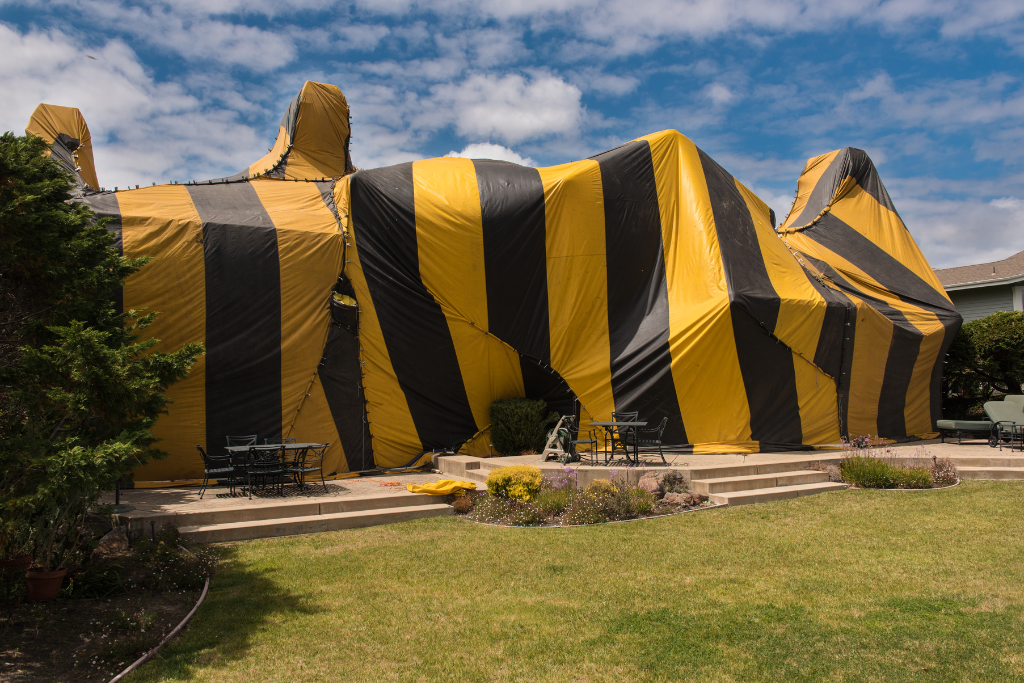
How K Termite Handles Your Fumigation from Start to Finish
Fumigation can seem overwhelming, but not with K Termite. Our team makes sure every step is simple, safe, and stress-free. We provide professional termite fumigation services backed by experience, safety, and care.
Our Process
- Inspection: We confirm whether termite fumigation is necessary or if another treatment would be better.
- Preparation Help: We give you fumigation bags, clear preparation instructions, and handle coordination with your gas company.
- Fumigation & Monitoring: Our licensed team seals your home, releases the fumigant, and monitors the process carefully.
- Safety Testing: We ensure the air inside is safe and provide a written clearance notice before you return.
- Follow-Up Service: Our in-house carpentry team repairs any termite-damaged wood before or after fumigation.
Why Homeowners Choose K Termite
- Free termite inspections
- Honest advice and clear communication
- In-house carpentry for termite damage repairs
- Multiple treatment options (not just fumigation)
- Strong warranties and a termite protection policy
We’re proud to be recognized as one of the best termite fumigation companies in Southern California, giving you lasting results, personal care, and peace of mind.
Tips For Keeping Termites Away After Fumigation
Fumigation removes termites, but prevention keeps them from coming back. Here are some easy steps:
- Schedule regular termite inspections (once a year is ideal).
- Keep firewood and debris away from the foundation.
- Seal cracks and openings in the foundation and walls.
- Repair damaged or rotted wood as soon as possible.
Small habits like these can go a long way toward protecting your home after fumigation.
Related Articles:
How Do I Know If My Home Has a Termite Infestation?
How Often Should I Get a Termite Inspection for My Home?
Why a Full-Structure Termite Warranty and Annual Inspections Are Worth It
Fumigation might sound complicated, but when handled by professionals, it’s a safe and powerful way to remove termites from your home.
Knowing what happens before, during, and after helps you plan better and stay comfortable throughout the process. You’ll be out of your home for a few days, but you’ll return to a cleaner, safer, termite-free space.
If your home has signs of termites and you need help deciding the right treatment, contact K Termite. We’ll inspect your home for free, explain your options, and make sure you get the best protection possible.

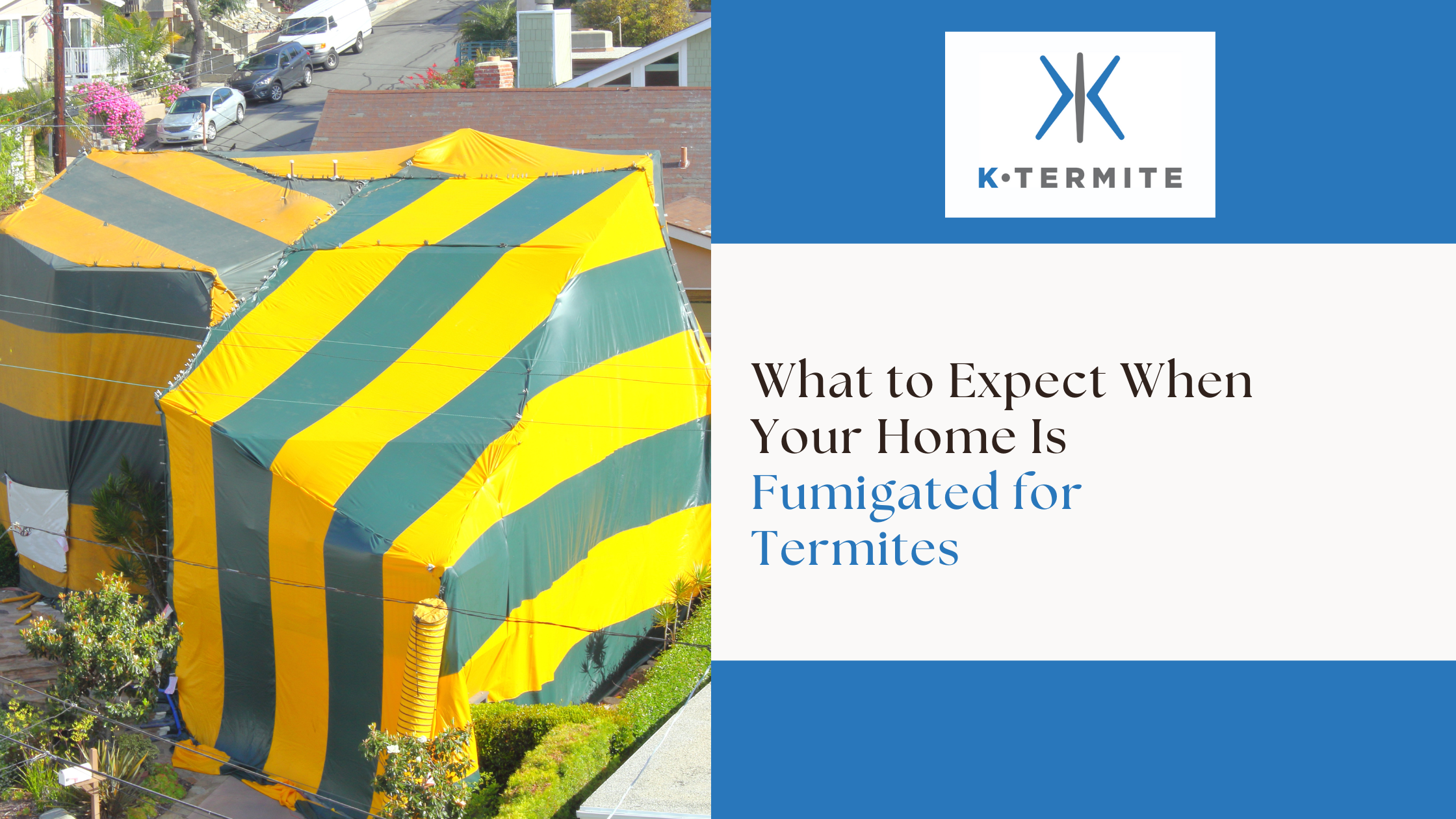

.png)
.png)
.png)
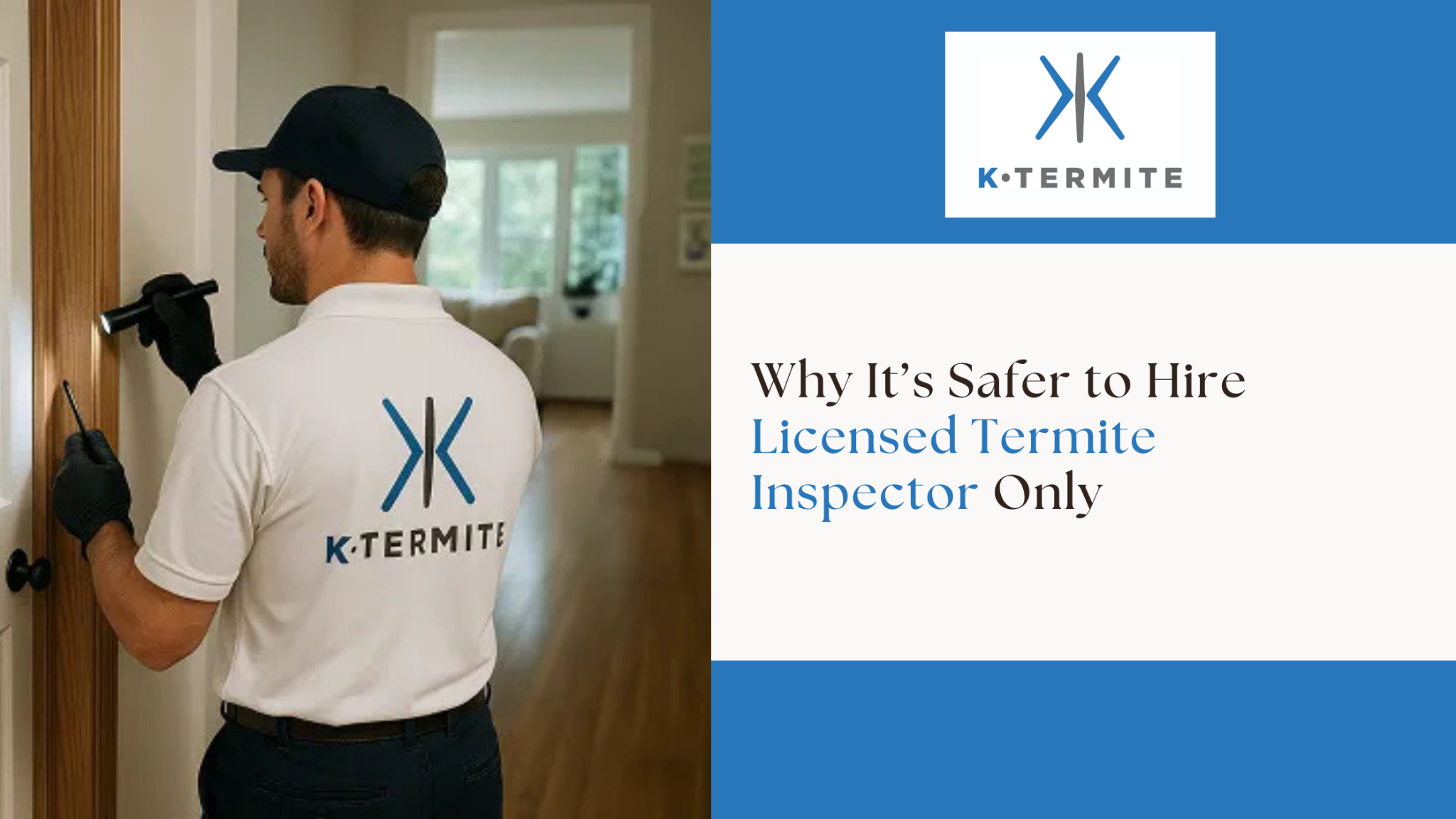


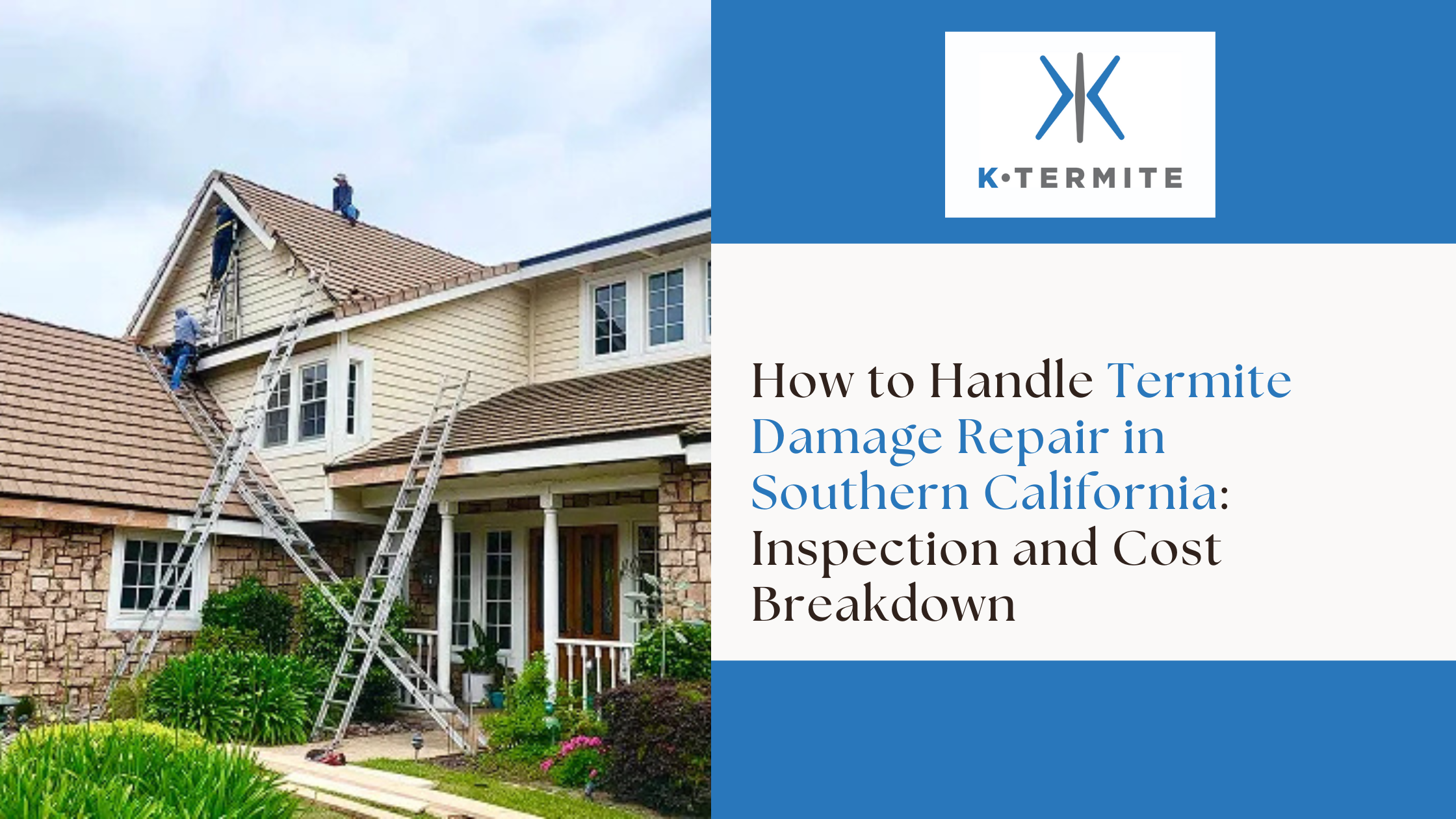

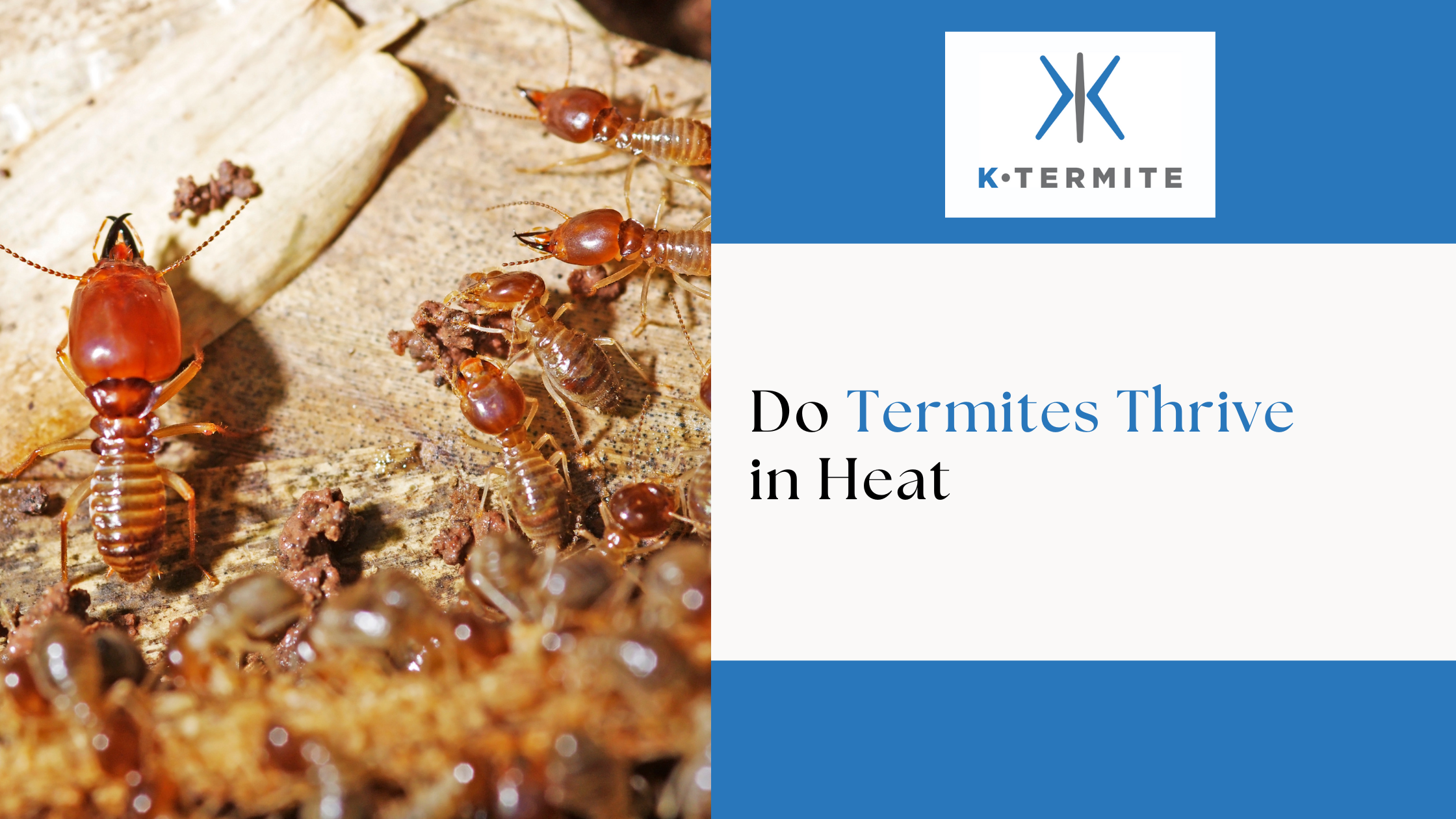

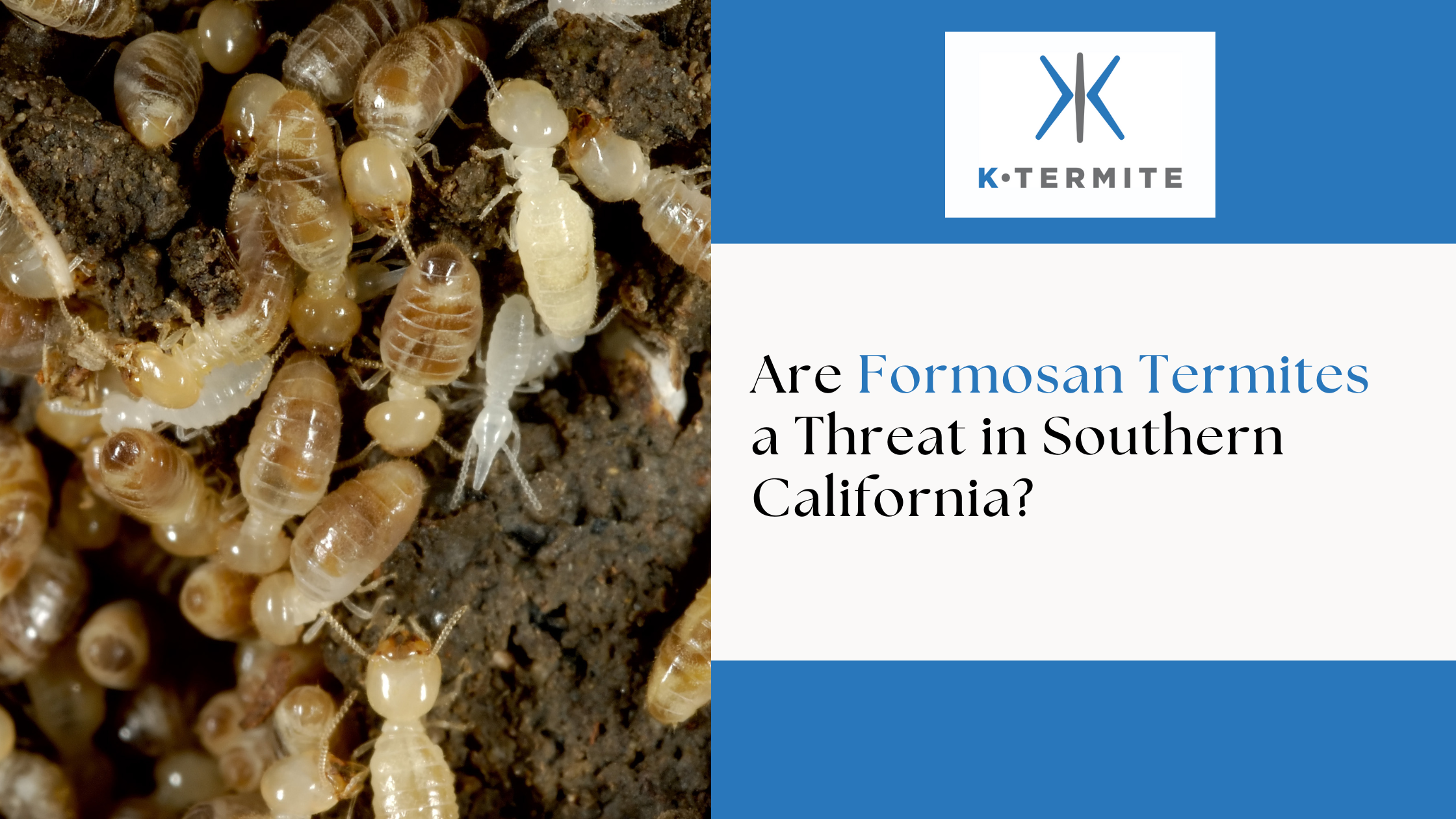
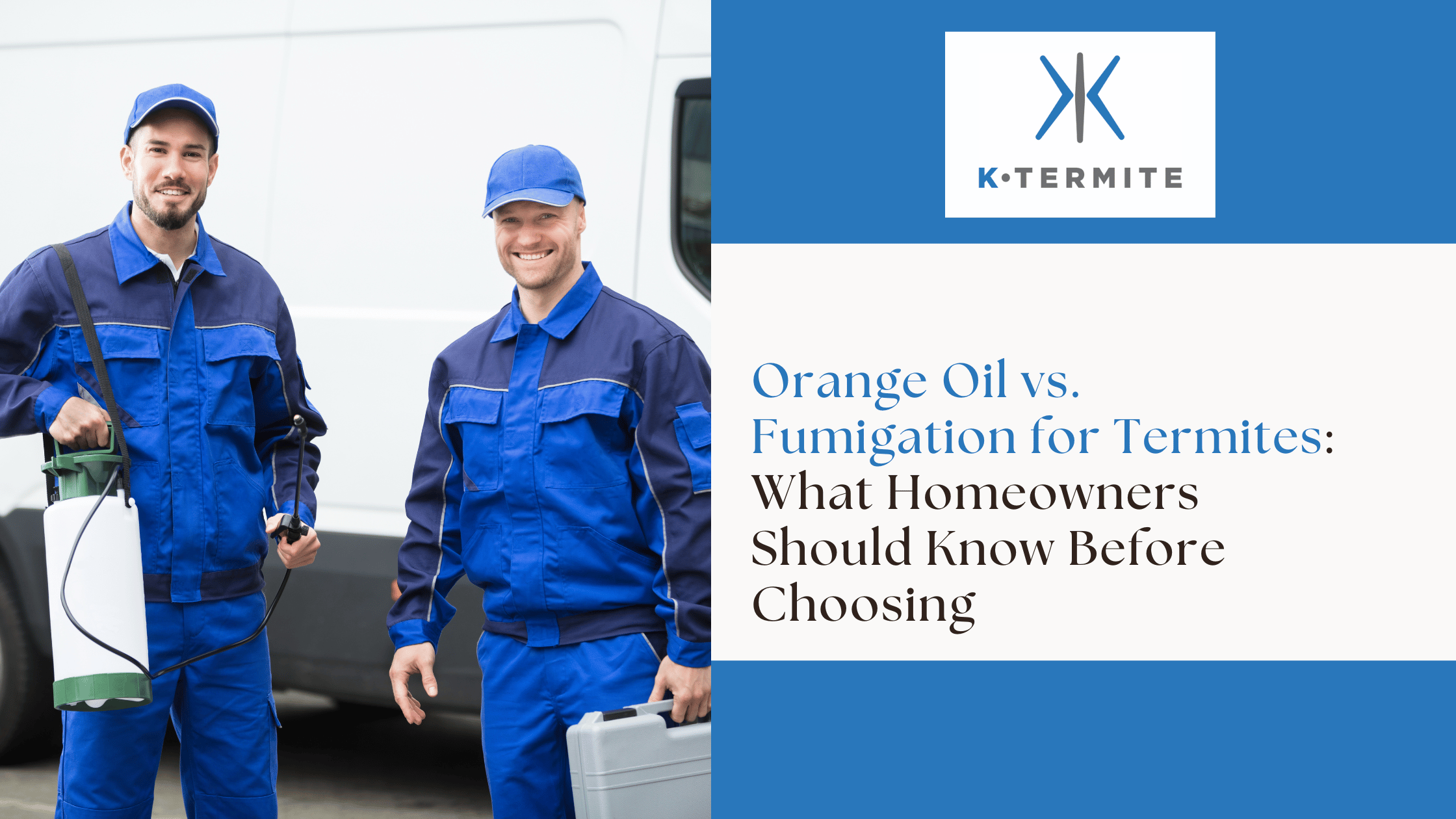


.png)
.png)
.png)
.png)
.png)
.png)
.png)
.png)
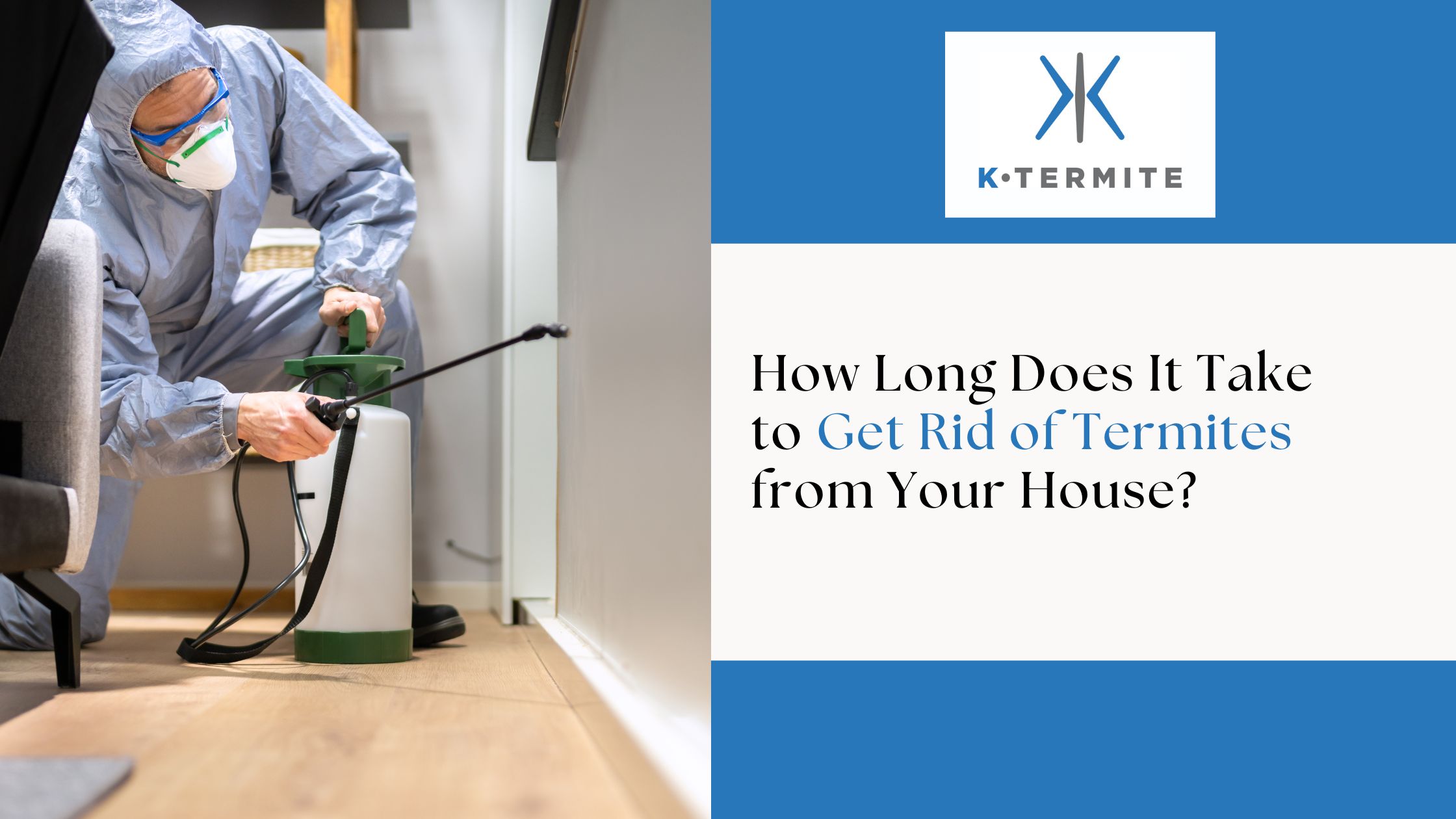

.png)
.png)


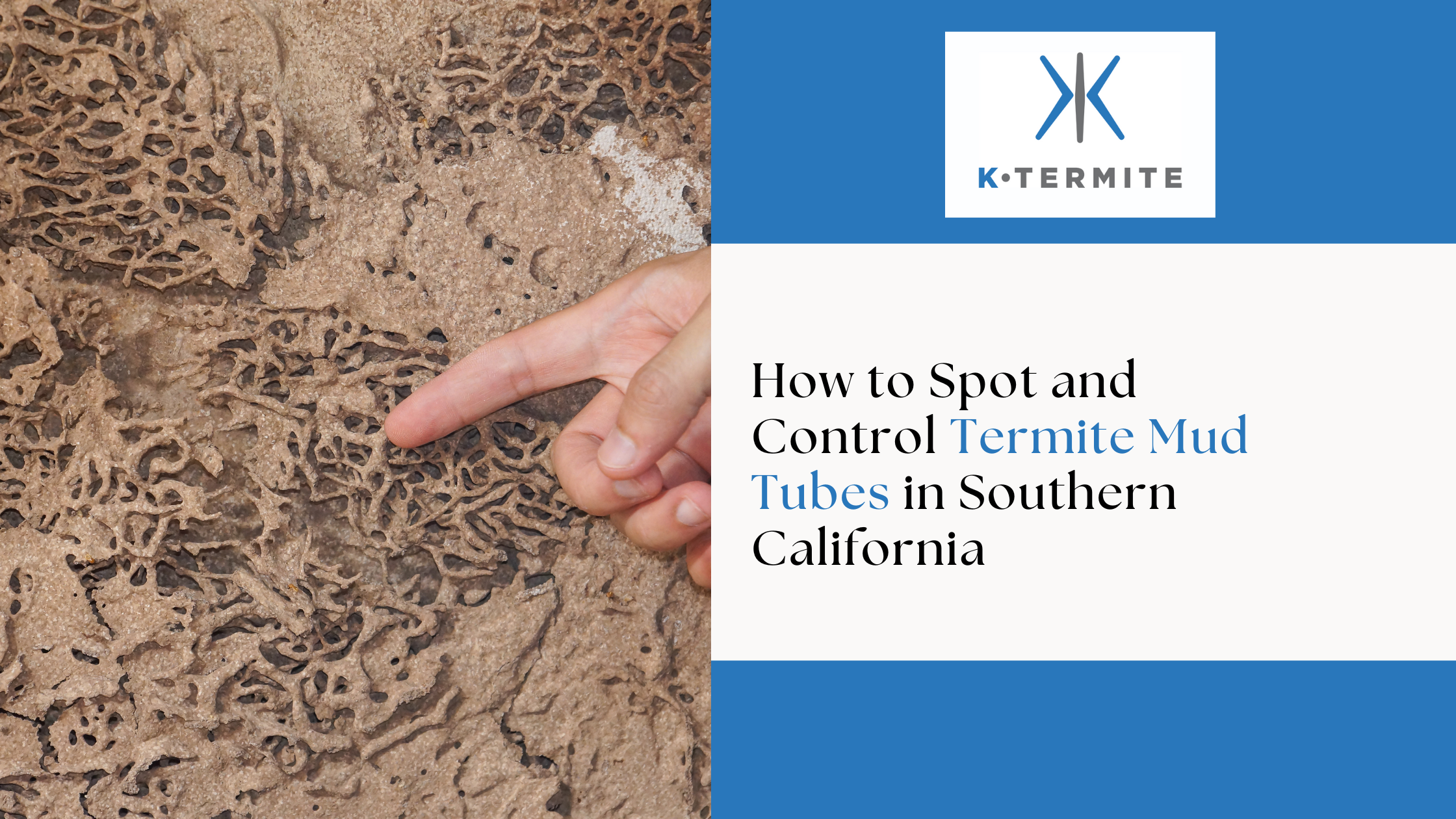


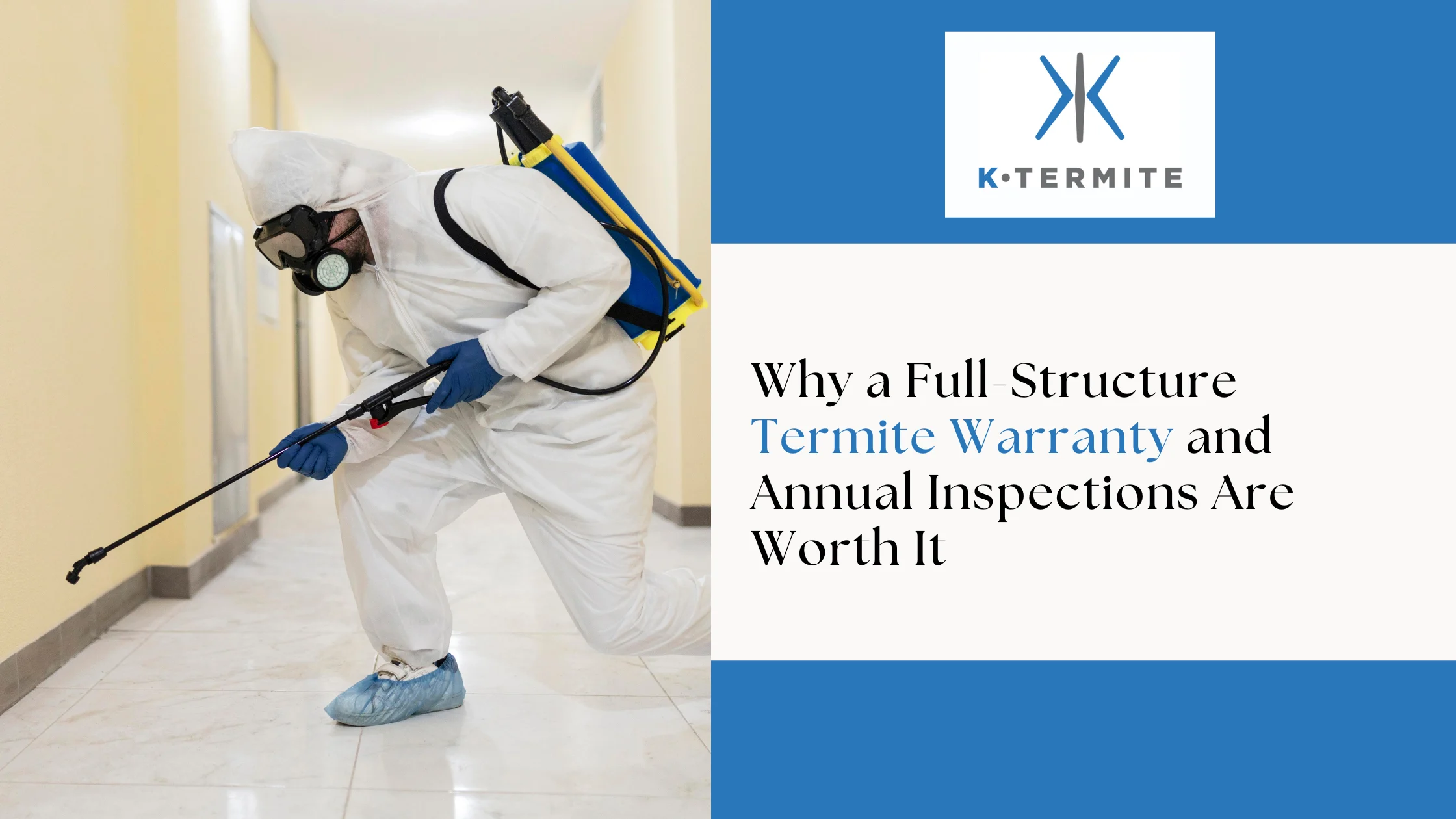
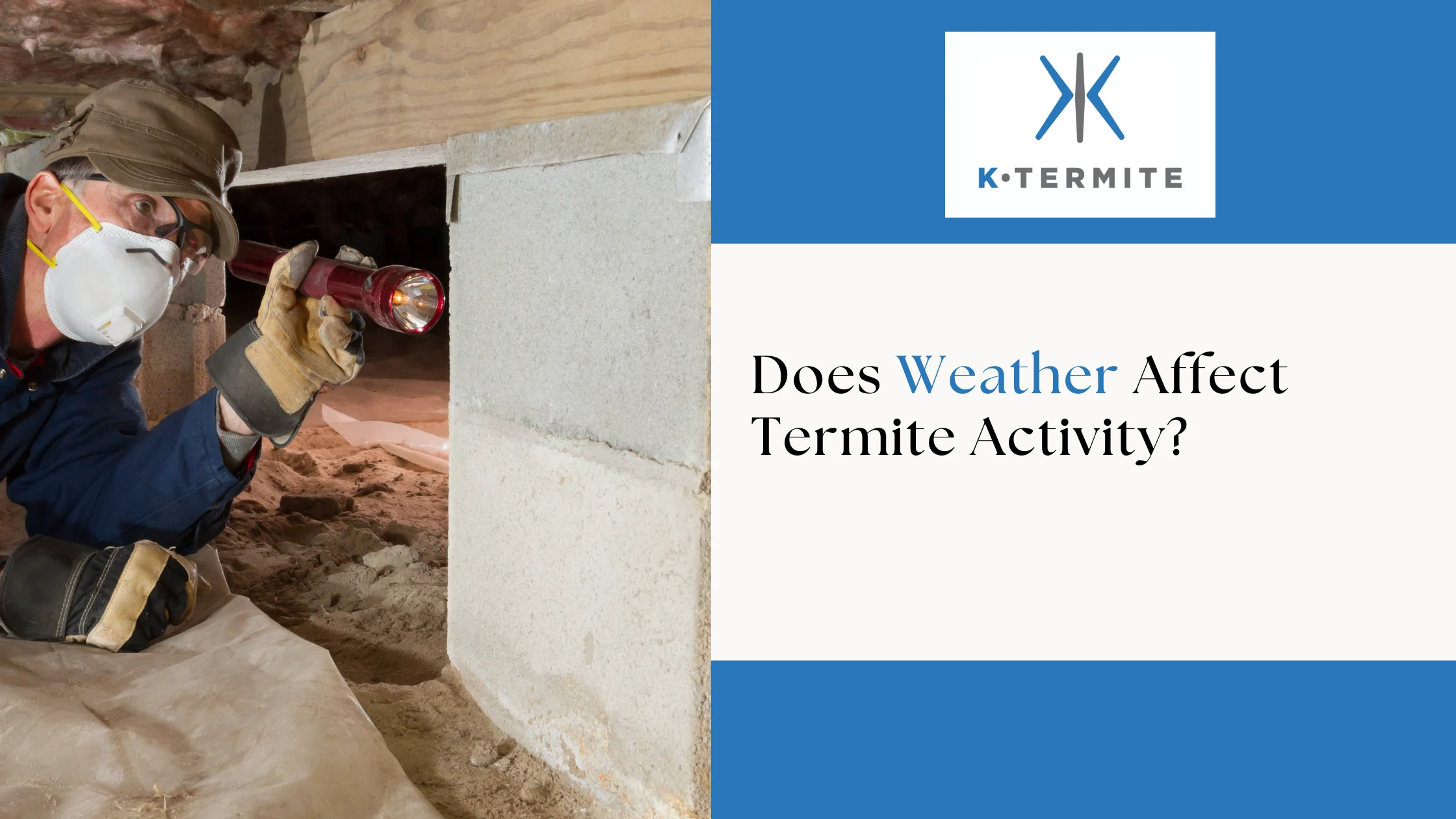
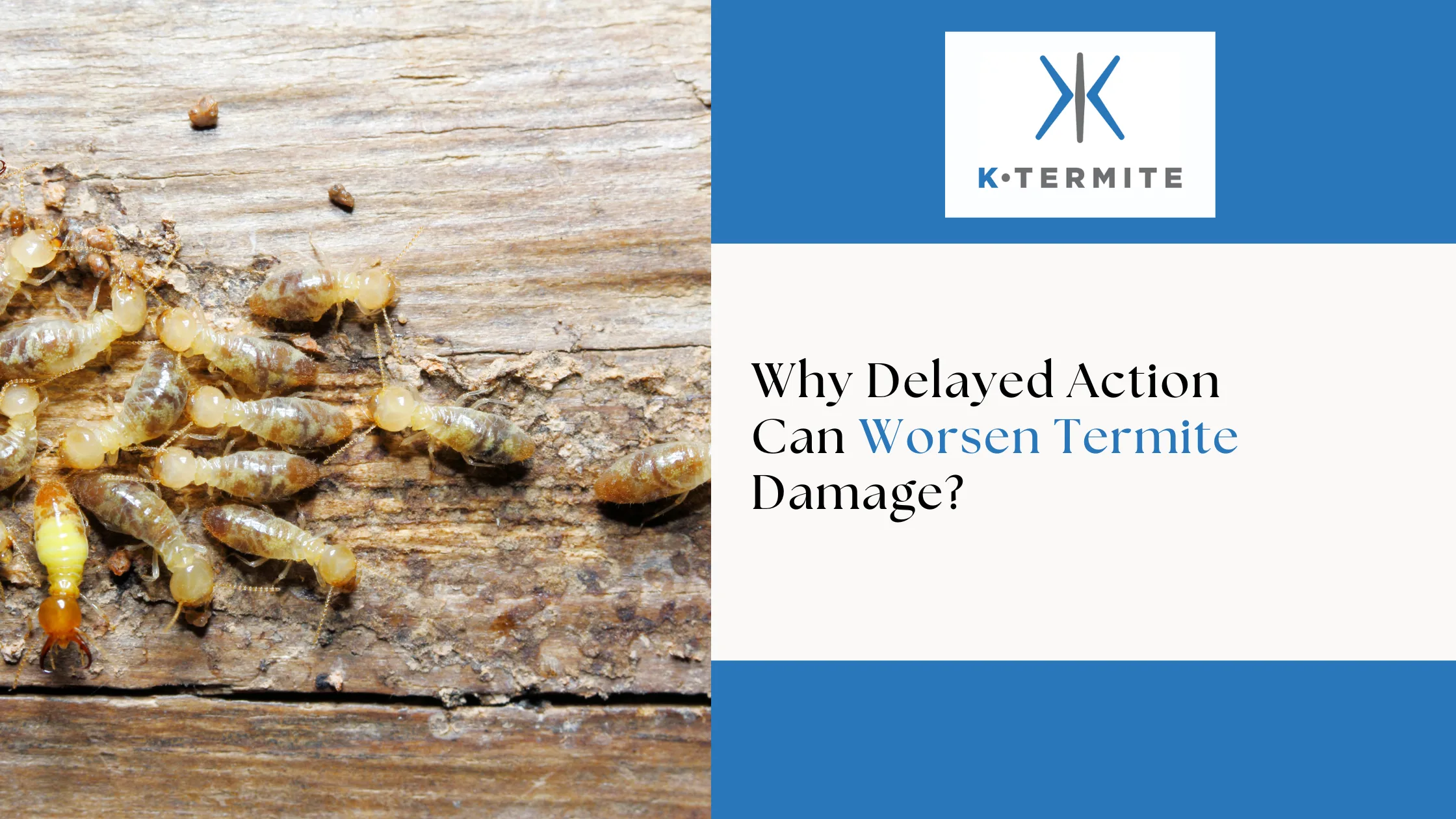



.png)
.png)
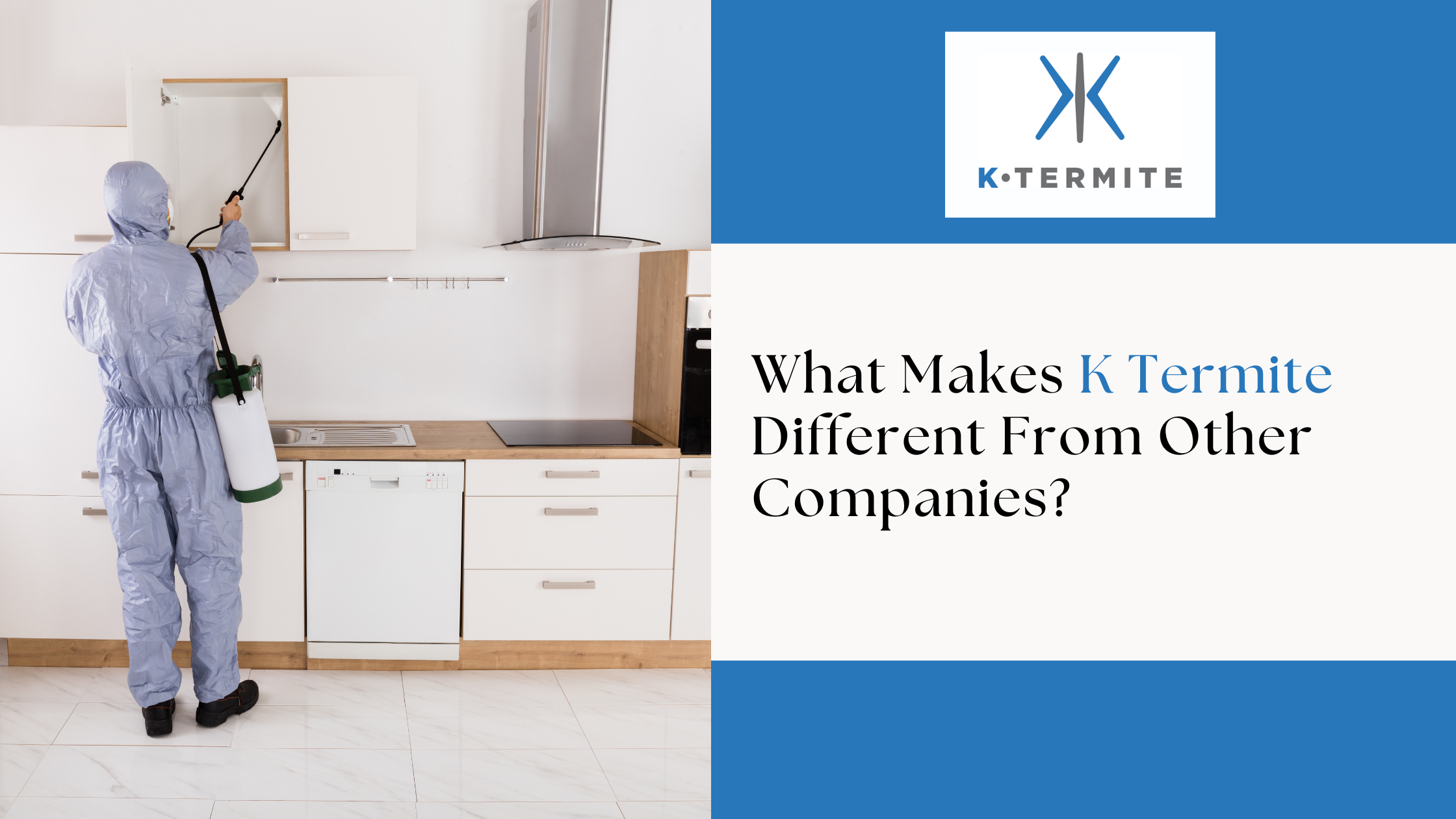
.png)
.jpg)
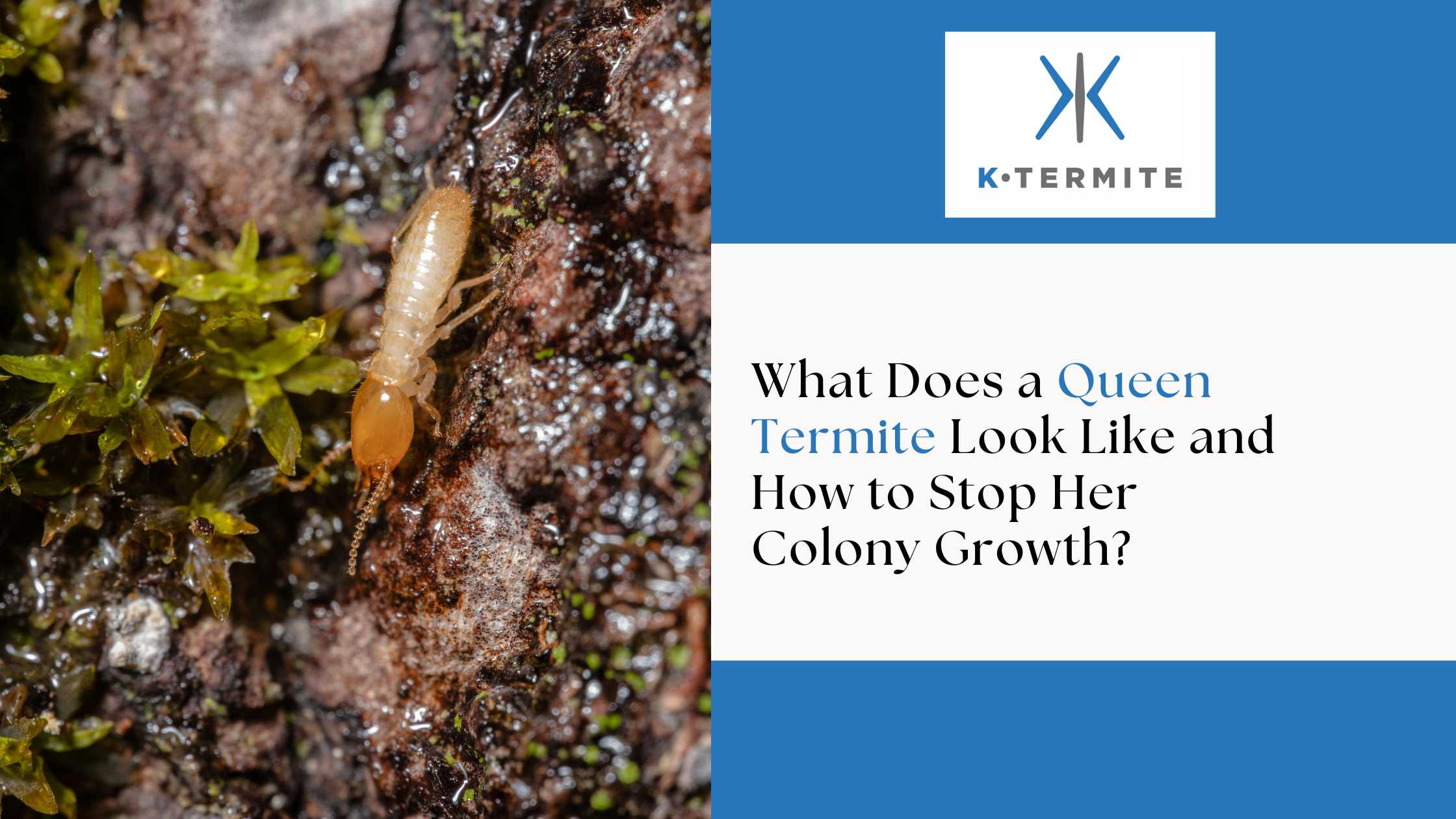

.webp)
.webp)
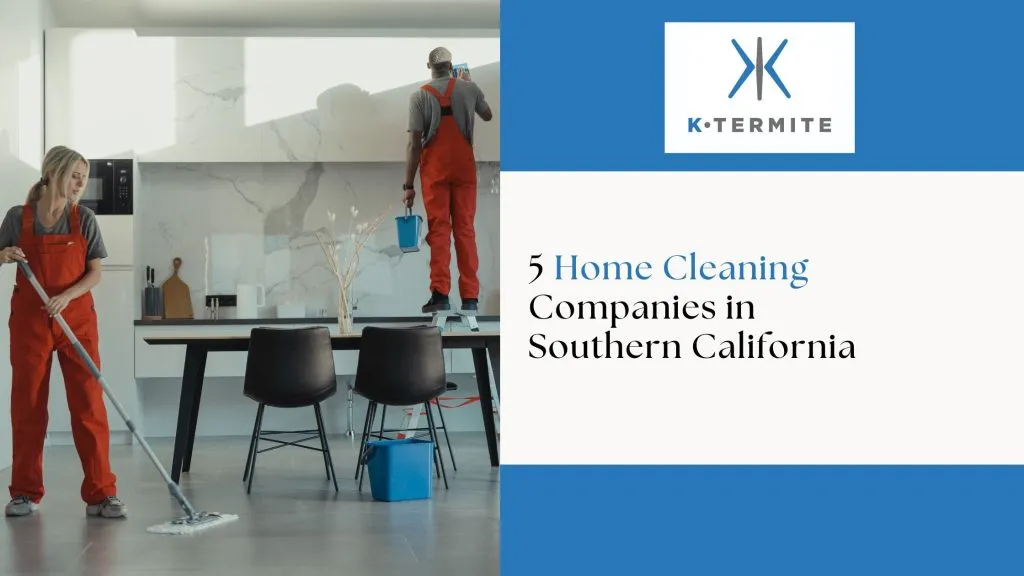

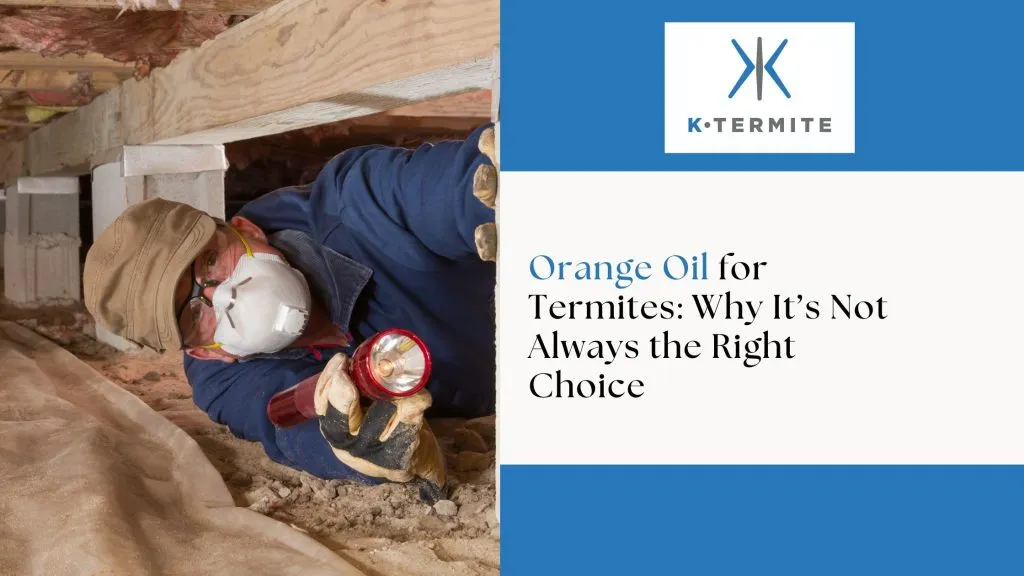
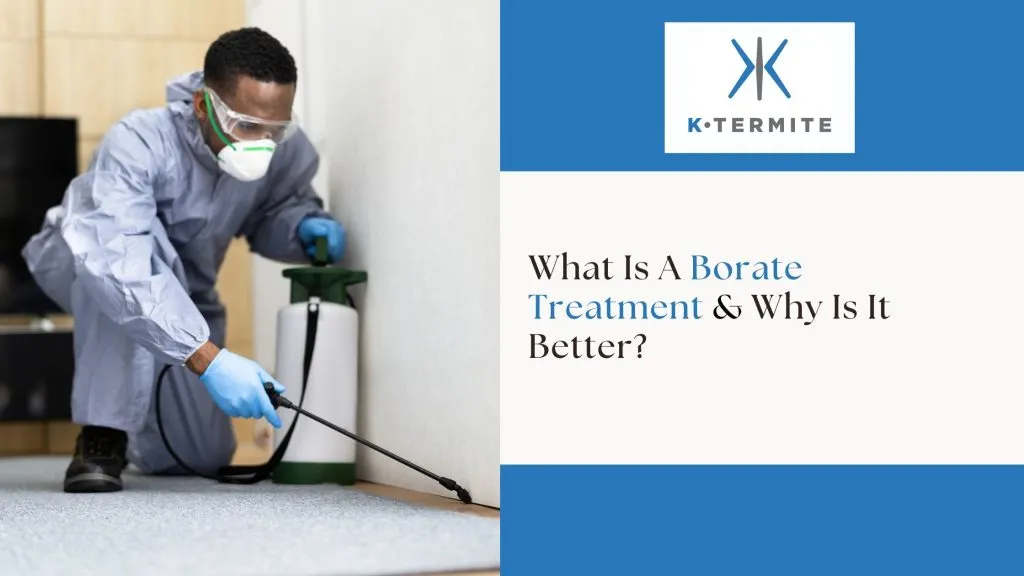
.webp)


.svg)

